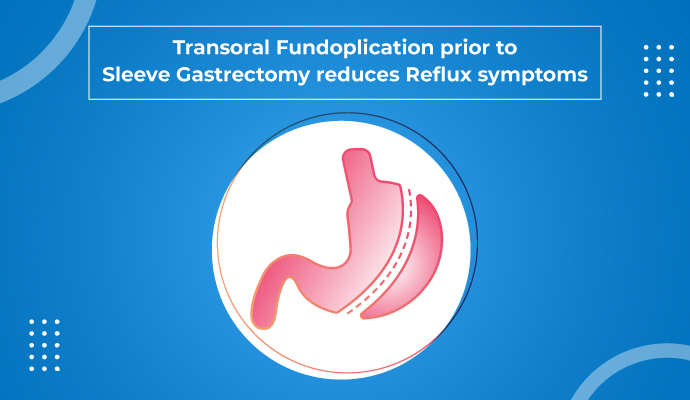
Sleep apnea and how it is associated with Obesity
Sleep apnea refers to a condition in which
58,949 total views, 72 views today
Home » Obesity associated cancer
The link between excess body weight and cancer is complex. According to studies, chronic inflammation, high hormone levels, such as estrogen and leptin, and high insulin in the blood can contribute to cancer. Excess visceral fat deposit in obese individuals also have significant role in triggering the risk of cancer.
The possible mechanisms that obesity is linked with cancer include:
Due the excessive visceral fat deposits, specialized immune cells called macrophages will act on those fat deposits to remove dead and dying fat cells. Macrophage mediated clearance of the dead adipocyte (fat cells) may be associated with an inflammatory response and the fat cells respond by releasing inflammatory chemicals known as cytokine. These cytokines act as chemoattractant (which attracts motile cells) for invading cancer cells and facilities cell division.
Excess fat cells can trigger the release of significant amounts of estrogen. Estrogen in normal levels is important for sexual and reproductive development. Excess estrogen acts upon other cells and encourage those cells to divide more rapidly which could result in tumor growth. In obese women, excess estrogen is linked to an increased risk for post-menopausal breast, endometrial and ovarian cancers.
Insulin hormone produced by beta cells of the pancreas is essential for controlling the blood sugar levels. Excess body fat makes the cells resistant to the effects of insulin, thereby the pancreas produces more insulin. Increased levels of insulin and insulin growth factor-1 (IGF-1), over a period of time have significant effect on the levels of growth factors, which triggers the cells to divide. Both insulin and these growth factors promote uncontrolled cell division and may lead to development of cancer.
For obese people, achieving a sustainable and healthy weight is essential to prevent obesity-related cancers. Lifestyle modifications are considered as the key to prevent obesity. Changes in the quantity, type, and quality of dietary intake, and change in the degree and regular physical activity have significant role in reducing body weight.
Steps that help to manage obesity and obesity-related cancers are:
Obesity or overweight not only increases the risk of developing cancer but also raise serious challenges after a cancer diagnosis. The impact of cancer treatment differs among obese cancer patients and normal cancer patients. Treatment options for obesity associated cancer include: chemotherapy, radiation therapy and surgery.

Sleep apnea refers to a condition in which
58,949 total views, 72 views today

Since the beginning of 20th century, the overall
58,926 total views, 72 views today

New year is the time for new beginnings.
59,626 total views, 72 views today

Weight loss can be tricky business, as it
59,497 total views, 72 views today

According to a recent study, weight loss through
60,395 total views, 71 views today

According to a recent study, preoperative very low
60,396 total views, 71 views today

A recent study conducted on GERD (Gastroesophageal Reflux
60,400 total views, 71 views today

A recent study done to examine the long-term
59,280 total views, 69 views today

Overweight and obesity is a major health concern
29,563 total views, 51 views today

A recent study published in the Journal of
28,753 total views, 51 views today

The findings from a recent study, published in
28,994 total views, 51 views today

The findings of a recent study, published in
29,394 total views, 51 views today


Sleep apnea refers to a condition in which breathing
58,951 total views, 74 views today

Since the beginning of 20th century, the overall obesity
58,928 total views, 74 views today

New year is the time for new beginnings. Most
59,628 total views, 74 views today

Weight loss can be tricky business, as it requires
59,499 total views, 74 views today

According to a recent study, weight loss through lifestyle
60,398 total views, 74 views today

According to a recent study, preoperative very low energy
60,399 total views, 74 views today

A recent study conducted on GERD (Gastroesophageal Reflux Disease)
60,403 total views, 74 views today

A recent study done to examine the long-term outcomes
59,283 total views, 72 views today

Overweight and obesity is a major health concern these
29,566 total views, 54 views today

A recent study published in the Journal of Clinical
28,756 total views, 54 views today

The findings from a recent study, published in the
28,997 total views, 54 views today

The findings of a recent study, published in Lancet,
29,397 total views, 54 views today

Dietary modifications, along with regular exercise, play an important
11,934 total views, 16 views today

The findings of a recent study, published in the
5,754 total views, 4 views today

A study published in Science Daily stated that a
5,850 total views, 4 views today